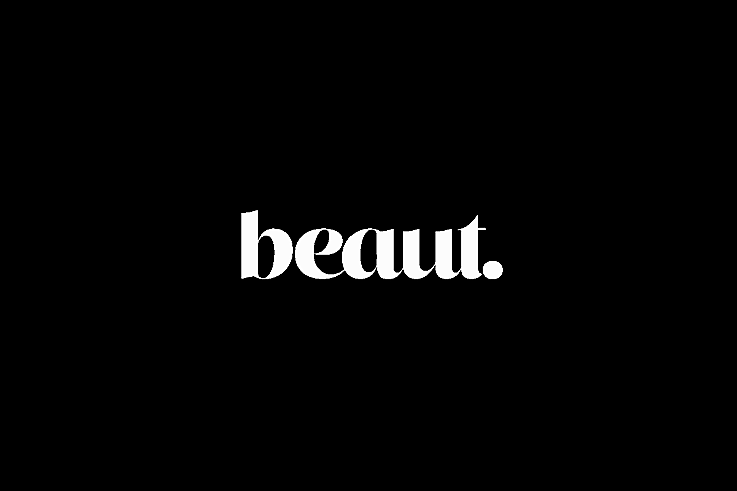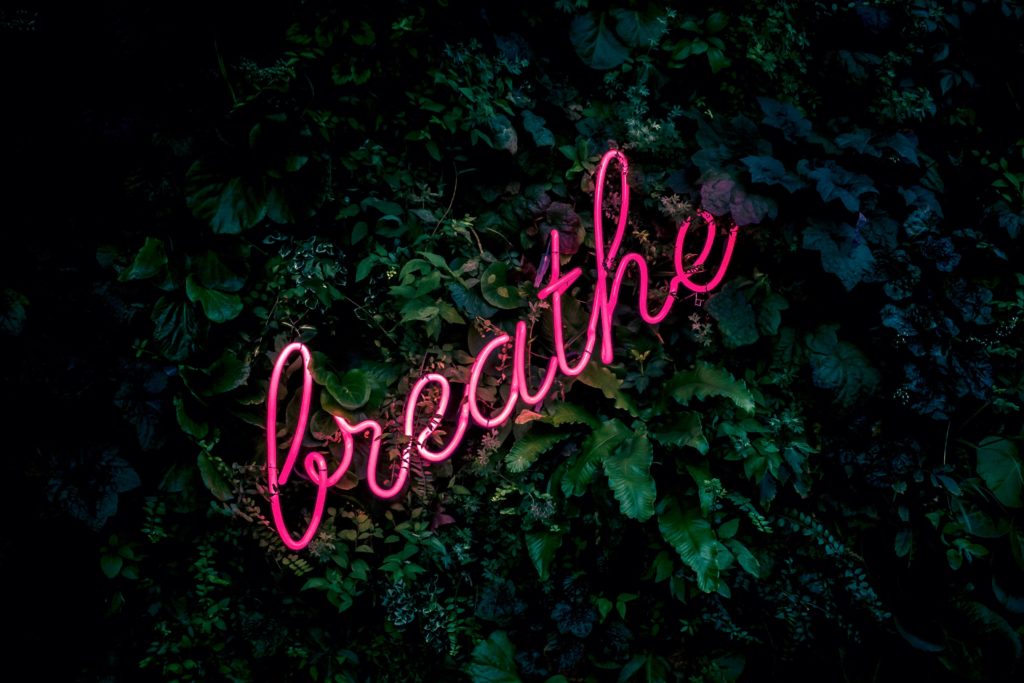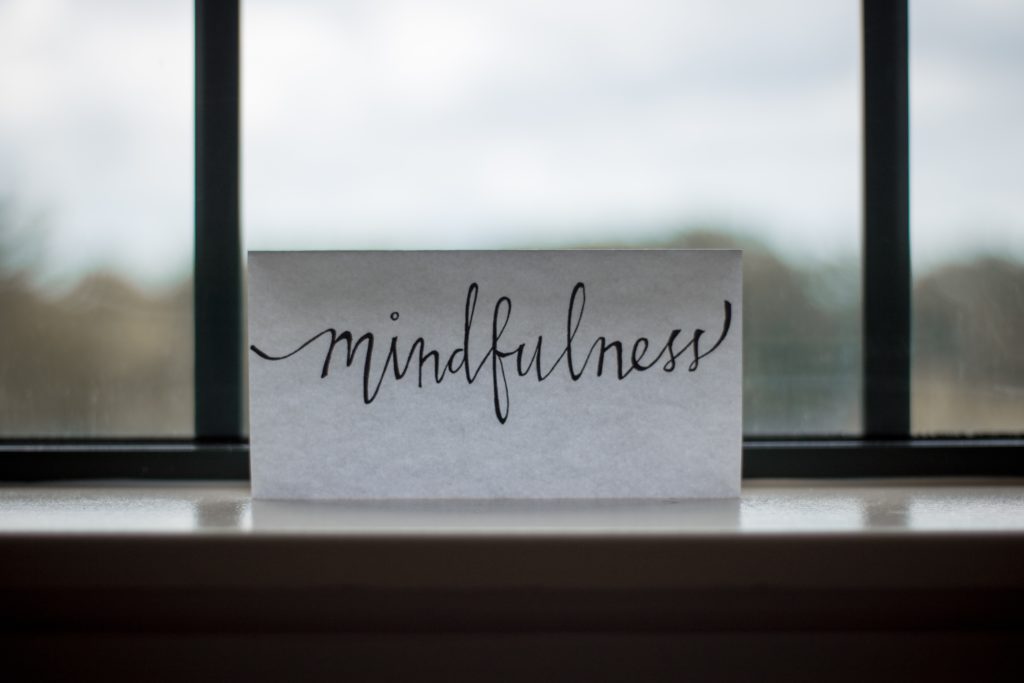
Our Wellbeing Expert Niamh Deans is back with her tips for how yoga, and the philosophy behind it, can help to keep you anchored throughout the madness of Christmas.
In my last 'Philosophy of Yoga' column, I began to discuss yoga philosophy and described how Patanjali’s Yoga Sutras provide us with a pathway to self-awareness - because life is busy and can be stressful. This next column will delve into this more along with some tips for anchoring yourself through the silly season's madness!
Last time, I wrote about the first two steps on the path and am following with the next steps here. Asana (postural practice), Pranayama (tapping into the subtle body via the breath) and Pratyahara (sense withdrawal) are grouped together under Right Alignment. Great importance is placed on right alignment not only from the physical perspective but also from the point of view of aligning the energies. The body, when aligned correctly is a vessel for prana (energy) to flow clearly. Asana practice cleans up our body and releases tension that may build up in the body. Correct posture also allows for greater concentration. Right alignment of the body also allows for regulation of the flow of breath in Pranayama. Prana refers to the vital energy and Pranayama to tapping into the subtler energies.
Read Niamh's article on corporate yoga, and why you might need it in your life.
Withdraw the senses

Pratyahara is the withdrawal of the senses so that the mind can turn its attention inwards, away from distractions externally but also from mental distractions. Patanjali views the mind as a tool to be harnessed, not a hindrance.
Next on the path, in sequential order are the inner limbs – Dharana, dhyana and Samadhi. Patanjali has been preparing us and guiding us towards a point where we are now ready to practice dharana – concentration. Withdrawal of the senses, concentration, meditation and absorption are linked states of consciousness. We go deeper inside ourselves as we progress to each level. Concentration is training the brain. The mind is an instrument and it needs to be stilled to achieve absorption. Dharana is concentrating on a single point to the exclusion of your attention to all else.
The Right Path
I mentioned earlier 'the right path', that which maintains the balance between the ego, the senses and the mind so that a higher pathway can be attained. Concentration and dedication to Ishvara (to cultivate devotion and thus humility) allow for the ego, the sense of 'I' to be renounced so that the state of absorption can be achieved. Concentration is the first step and from it flows meditation. We draw all of our attention inwards. The challenge presented now is stilling the thought waves or at least not getting caught up with them. Pure awareness exists when this is achieved. This is how we uncover our true being, our essence. As soon as I became aware of the sutras and studied them I viewed them as a toolkit for self-study and reflection so that I could really see my own tendencies and habits and begin to raise my own awareness. This toolkit is never ending and a great support in dealing with whatever life throws your way. I apply this off the mat to my daily life trying to find balance when life gets hard. Suffering in this life is inevitable it is how we cope with it that pulls us through.
With the busy-ness that comes with this time of year, the nights out, the financial pressures, it is more important than ever to have an 'anchor' to see yourself through the season. Anxiety and stress in the body is a manifestation of these pressures. Here are some tips to turn to that are accessible to all…

Advertised
Find the current moment
Have you ever noticed that as humans we have a tendency to live in the past (hanging on to past memories) or in the future (projecting into non-reality). The majority of things that we project about never come to pass. The present moment is, in fact, the only reality. The breath is the key to unlocking the present. Noticing and observing the breath brings us right into the now – the only reality.
Awareness of breath
The breath can be used as a tool to access the parasympathetic nervous system (initiating the relaxation response). Extending the exhalation and extending the full breath cycle calms the nervous system. The full breath cycle meaning the four points of the breath – the pause before the inhalation, a full long inhalation, the pause before the exhalation and the full long exhalation. I discuss stress and the nervous system in a previous column with breathing techniques to de-stress here.
Meditation
Anyone can meditate. It requires doing what many people find the hardest thing of all; to sit still. Sit comfortably. Draw down the eyes. Be still, be quiet and draw inside. Observe. Sit with it. See what comes up for you. Observe the fluctuations of the mindstream, allow them to come and go and try not to attach. If you do attach and go off on a spiral (what you are cooking for dinner or where you want to go on holidays and so forth) simply re-anchor yourself by coming back to the breath. Start with setting a timer of three minutes so you can relax and not begin to think about how long you are sitting. Sometimes three minutes can feel like a lot longer. Then over time build up to 5 minutes, 10 minutes….a regular short daily practice of meditation is much more accessible and available than suddenly trying to sit for longer periods of time.
Take a moment
Take a moment (or several) in your day to draw your awareness inside. Especially if the stimuli of the outside world becomes stressful and too much, remember that like a turtle in its shell you can draw inside for security and to regroup at any time.
Slow down
...and make time for whatever it is that works for you. The biggest excuse in modern society is not having time to do things. Taking ten, twenty, thirty minutes out of your day to focus on yourself protects your mental health. It’s about making the time and prioritising!
Advertised
Niamh specialises in Corporate Yoga and Sports Yoga and also teaches at The Samadhi Centre, Rathgar. For enquiries contact Niamh on 087-2057190 or [email protected] or follow Niamh on Instagram @ndyogadays or ND Yoga on Facebook.




